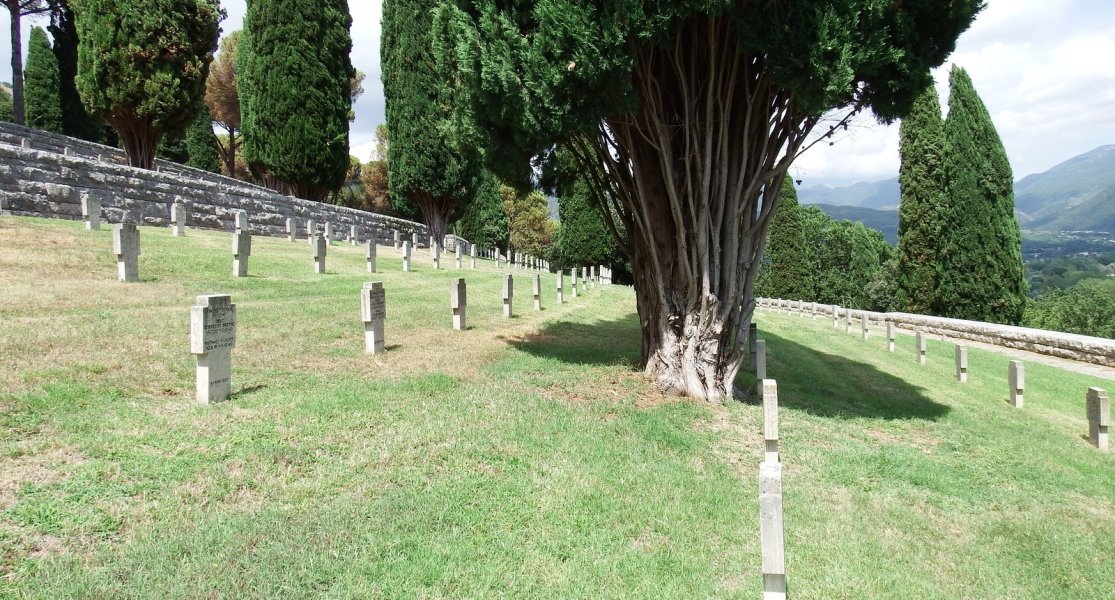Two very ancient and different burial practices. Let's analyze the pros and cons of each.
When dealing with the loss of a loved one, one of the most important decisions is how they will be buried. In Italy, the two main options are inhumation and entombment. Knowing the differences between these practices is very important and can help families make an informed choice that respects the wishes of the deceased and their own beliefs: let's look at them together, analyzing the advantages and disadvantages of each.
Inhumation: pros and cons
Inhumation is the burial of the body directly in the earth. This practice is one of the oldest and most traditional burial methods. The body of the deceased is placed in a wooden coffin and buried in a grave dug in the cemetery grounds.
For burial, it is necessary:
- Death Certificate: Issued by the attending physician or medical examiner.
- Burial Authorization: Obtained from the Civil Registry Office of the Municipality.
- Choice of Cemetery: The family must choose the cemetery and the location of the grave.
- Funeral organisation: Managed by a funeral company who will take care of the burial.
Advantages of Inhumation
- Lower Cost: Generally, inhumation is less expensive than burial, as it does not require the purchase of niches or masonry tombs.
- Tradition: Many families choose burial to follow religious or cultural traditions.
- Environmental Impact: Burial, if carried out with biodegradable materials, can be seen as an ecological choice, allowing the body to decompose naturally.
Disadvantages of Inhumation
- Maintenance: Buried tombs require periodic maintenance to avoid degradation of the headstone and surrounding soil.
- Limited Duration: Cemeteries often allow the use of the land for a limited period, after which the remains can be exhumed and transferred.
Entombment
Burial involves the burial of the body in a metal or wooden coffin inside a masonry structure, such as a burial niche, tomb or family chapel. The body is sealed hermetically to slow the decomposition process.
For burial, in addition to the documents required for burial, it is necessary:
- Concession of the Grave: Purchase or rental of a grave in the cemetery.
- Building Permission: If it is a private tomb or family chapel, planning permission may be required.
- Sealing the Coffin: The coffin must be sealed tightly, often with a second metal coffin.
Advantages of entombment
- Protection: The masonry structure offers greater protection against atmospheric agents and decay, ensuring longer preservation of the remains.
- Prolonged Duration: Concessions for niches can be long-term, often exceeding 30-50 years, with the possibility of renewal.
- Less Maintenance: Buried graves require less maintenance than inhumated burials.
Disadvantages of entombment
- Higher Cost: Burial is generally more expensive due to the purchase of the niche and the construction of the tomb.
- Limited Space: Cemeteries may have a limited number of available plots, which can be a problem in areas with high population density.
- Environmental Impact: The use of non-biodegradable materials and masonry construction may have a more significant environmental impact.
In conclusion, choosing between inhumation and entombment is a personal decision that depends on various factors, including family traditions, religious beliefs, economic considerations and environmental impact. Understanding the differences between these two burial methods can help families make an informed choice that respects the wishes of the deceased.
We at Roberto Rossi Onoranze Funebri are more than available for further information and support in these difficult decisions. You can contact us via the dedicated page or by telephone at +39 0776 312 468.



